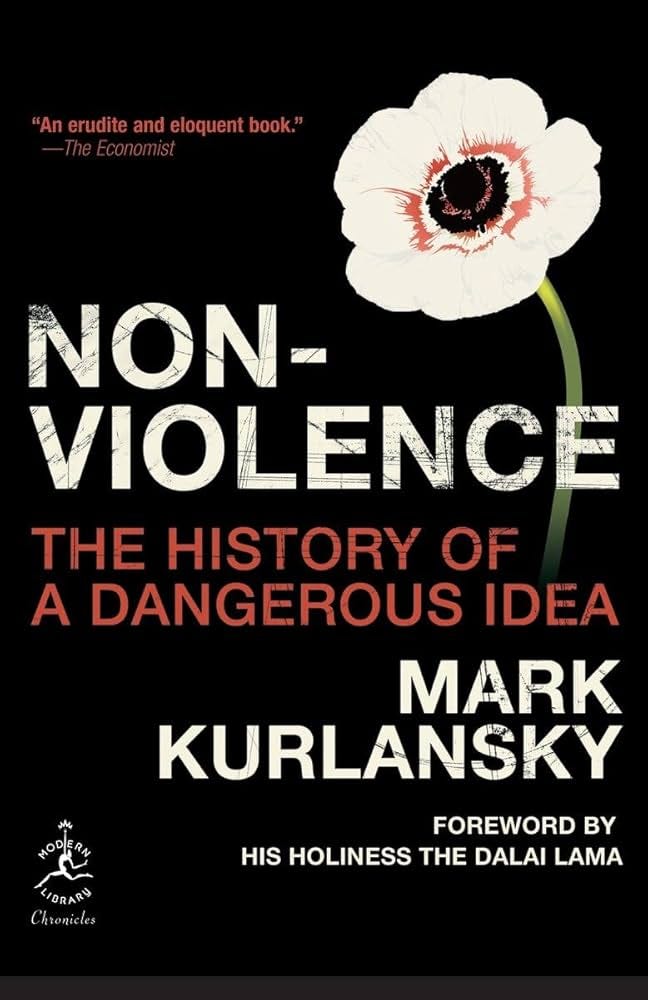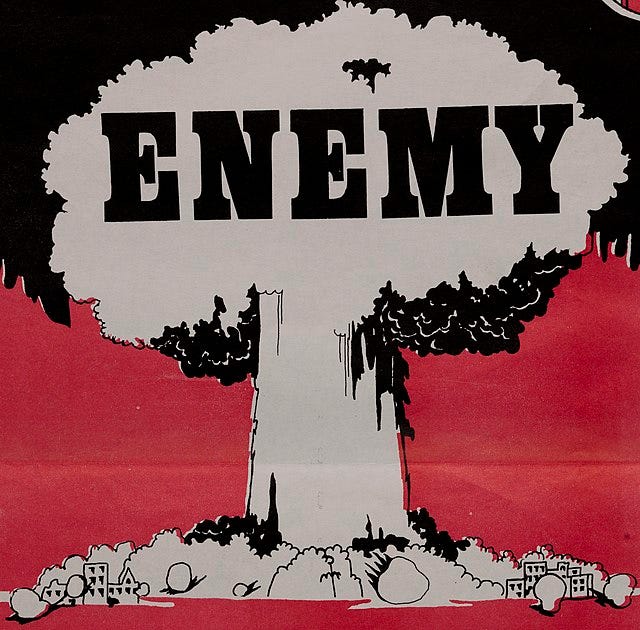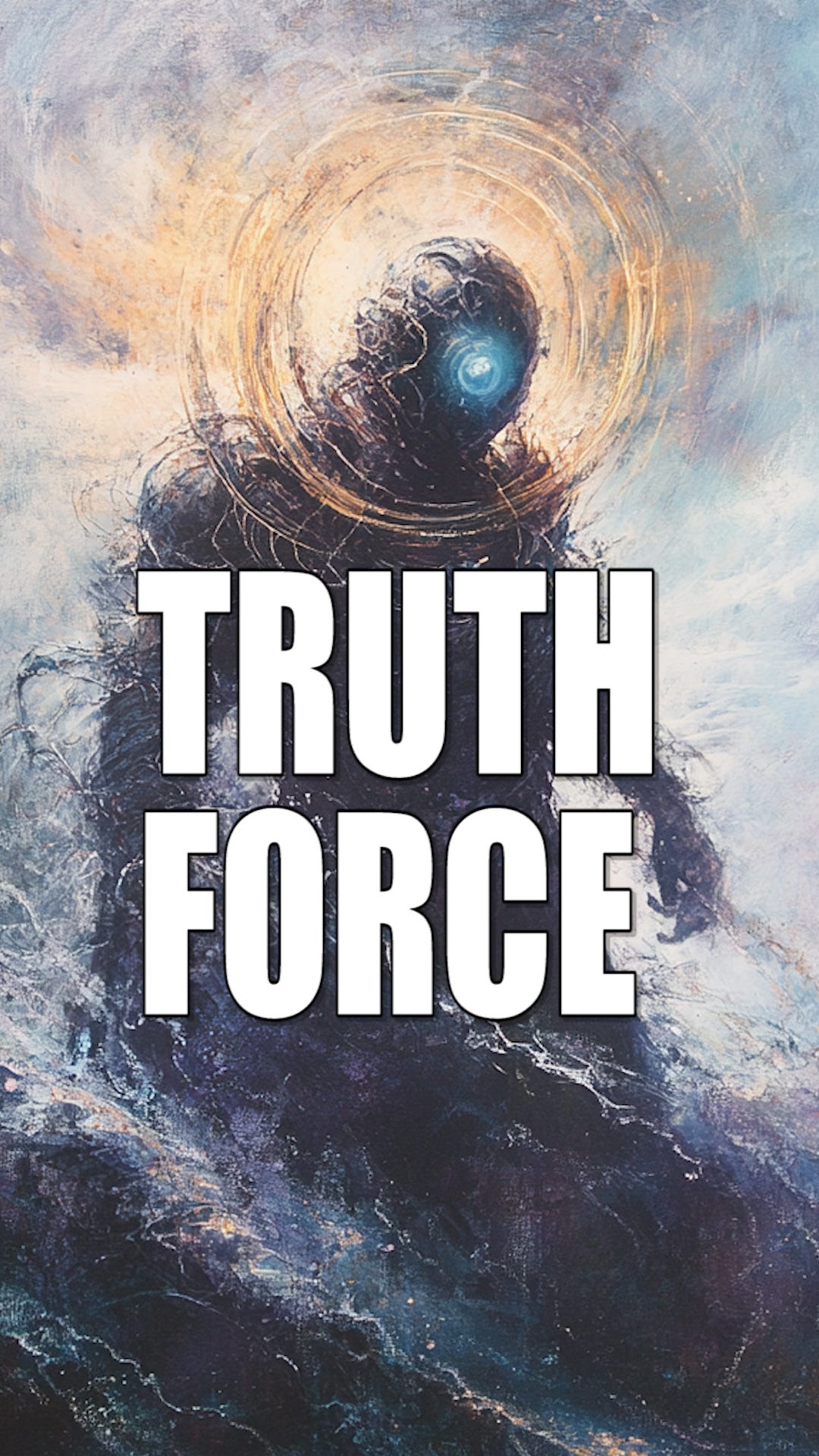Nonviolence is not inaction. Nonviolence is not passivity.
I got a lot of angry comments after my recent post on nonviolence. People were mad because they seemed to believe I was suggesting we roll over and give up. Let the establishment win. That is the last thing I would ever suggest.
It's clear to me that many people could not define nonviolence if you asked them. So let's fix that.
Nonviolence is the strategy of noncooperation with oppression. Nonviolence is active, not inactive. Nonviolence is collective action for legitimate social and political objectives. It requires effort, the creative use of imaginative opposition. Everything from mass protests to strikes, boycotts, divestment, blockades, civil disobedience… even the orchestrated death of a corporation would fall under the banner of nonviolence. (I know our government says corporations are people, but it’s not against the law to drive soulless corporate enterprises out of existence. It’s called hitting the rich where it hurts.) Nonviolence is all political conflict outside conventional political expression that does not include violence.
Why are those who support nonviolent action considered enemies of the state? Mark Kurlansky writes in his book Non-violence: "Active practitioners of nonviolence are always seen as a threat, a direct menace to the state. The state maintains the right to kill as its exclusive and jealously guarded privilege." He goes on to say that to those in power, anyone who questions the right of the state to kill strikes right at the very heart of state power. Does that sound weak to you?
Commenters were quick to point out that most of the leaders I referenced who supported nonviolence were murdered. I mentioned John Lennon, Jesus, Gandhi, Dr. Martin Luther King Jr. Of course, if nonviolence was as ineffective as many commenters seem to believe, why weren't all of those people allowed to live long meaningless lives preaching their harmless message? Because their message was not harmless. Far from it.
So how do we define violence? Brian Martin writes, “Violence means physical force used against humans, including imprisonment, beatings, shootings, bombings and torture” Don’t forget that when you advocate for violence, this is what you are advocating for. If you advocate violence, what is permissible? Biological warfare? Nuclear warfare?
And don’t forget that no matter where you draw the line, advocating violence against the state makes you a target of the state.
One cliche springs to mind: "Violence never solves anything." Why do people say that? Because violence only brings more violence - an endless cycle of retribution.
I was struck by a quote from Mao Zedong, who wrote, “We are advocates of the abolition of war, we do not want war; but war can only be abolished through war, and in order to get rid of the gun it is necessary to take up the gun.” The old fight fire with fire argument. But where does the cycle of violence stop? How do we break the wheel, like Daenerys Targaryen wanted to do in Game of Thrones. Break the old wheel and build a new one.
If you want a peaceful society it cannot be won through violence. Using violence only legitimizes and perpetuates violence.
What is the argument for violence?
Every argument for violence boils down to this: Do what the violent person wants or die. There is weakness embedded in this argument, not strength. The person who resorts to violence can't win the argument so they will hurt or kill the person who disagrees with them to get them out of the way. That is the language of domination. That is the language of patriarchy.
Brute force and domination are a bad way to impose your will on the world. They are unlikely to win the permanent changes you seek. If we want to call ourselves civilized we should be looking for more civilized ways to win. Permanently. Win the peace.
The state's power to use force against its population comes from the "consent of the governed." All authority for use force comes from us. If the state does not have our consent the use of violence is illegitimate. These principles go back to the founding of this country. Use of force to preserve the existing hierarchy of power (corporations on top) is not legitimate. It is illegitimate for the state to use violence to preserve the power and privilege of elites or corporations.
Kurlansky writes that Gandhi was frustrated with the word nonviolence. It didn’t convey the right amount of strength. Even back then people had the mistaken assumption that nonviolence is the same as passivity. So Ghandi came up with his own word for nonviolence: satyagraha. It translates to “truth force.” Which is actually pretty metal.
Truth force.
Truth force is not passivity. It requires incredible self-control. It comes from a place of immense strength. Truth force is a winning strategy. And it also has the advantage of staking out the moral high ground.
Truth force is a mental battle more than a physical one. With truth force you win by convincing others that your side is right. Gandhi believed that for an enemy to truly be defeated they should not feel defeat or humiliation - because they have been won over to your side. It reminds me of how the European right wing completely accepts universal healthcare. I doubt there is any substantial countervailing force against universal healthcare simmering under the surface in Europe. Most everyone just accepts universal healthcare as the norm, including Europe’s version of the right wing.
So what are some examples of successful nonviolent revolution? We’ll take a look in my next post.
Let’s make them pay.




















Share this post